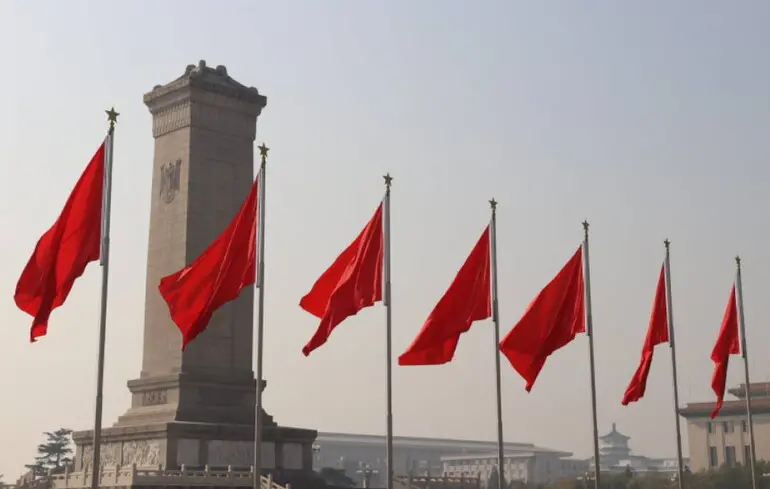China Implements Wide-Scale Export Restrictions on Rare Earth Elements Ahead of International Meeting

China has taken a significant step in its trade policy by announcing extensive export restrictions on critical strategic resources—rare earth magnets and their raw materials.
This decision is rooted in national security concerns and marks a notable move in the global competition for control over these precious resources.
The new rules stipulate that importers from other countries, including Ukraine, will be required to obtain special government licenses to access such goods, potentially complicating international trade in these strategically vital materials.
This development comes just ahead of a scheduled meeting between Chinese leader Xi Jinping and U.S.
President Donald Trump at the end of this month.
Currently, Washington applies high tariffs—over 57%—on Chinese goods, and the new restrictions are poised to intensify trade tensions by limiting access to critical materials.
According to Chinese officials, these measures are necessary to maintain their consistent stance on regional stability and global peace.
Importantly, export applications for military use abroad will generally not be approved, making it harder for foreign countries to utilize these resources for military purposes.
Additional restrictions will also be imposed on end-users listed on export control and monitoring lists, including subsidiaries.
This move reinforces China’s position as a global leader in the field of rare earth elements such as scandium, yttrium, and dysprosium, thereby impacting worldwide supply chains.
Countries like the U.S.
and many in Europe are already seeking ways to reduce their dependence on China by establishing alternative supply routes and developing domestic production capacities, yet China continues to dominate over 90% of rare earth magnet production and resource extraction.
This is especially crucial for the electric vehicle industry and renewable energy sectors, as permanent magnets are vital components used in electric cars, wind turbines, and military equipment like F-35 fighter jets and naval vessels.
The new policy may have significant consequences for the global economy and security, prompting nations to diversify their sources and explore new avenues for resource procurement.

